- Client: Fornebubanen
- Main contractor: NRC Norge AS
- Contractor: Metrostav Norge AS
- Construction period: 01/2022 – 09/2022
- Price: 66 000 000 NOK excl. VAT
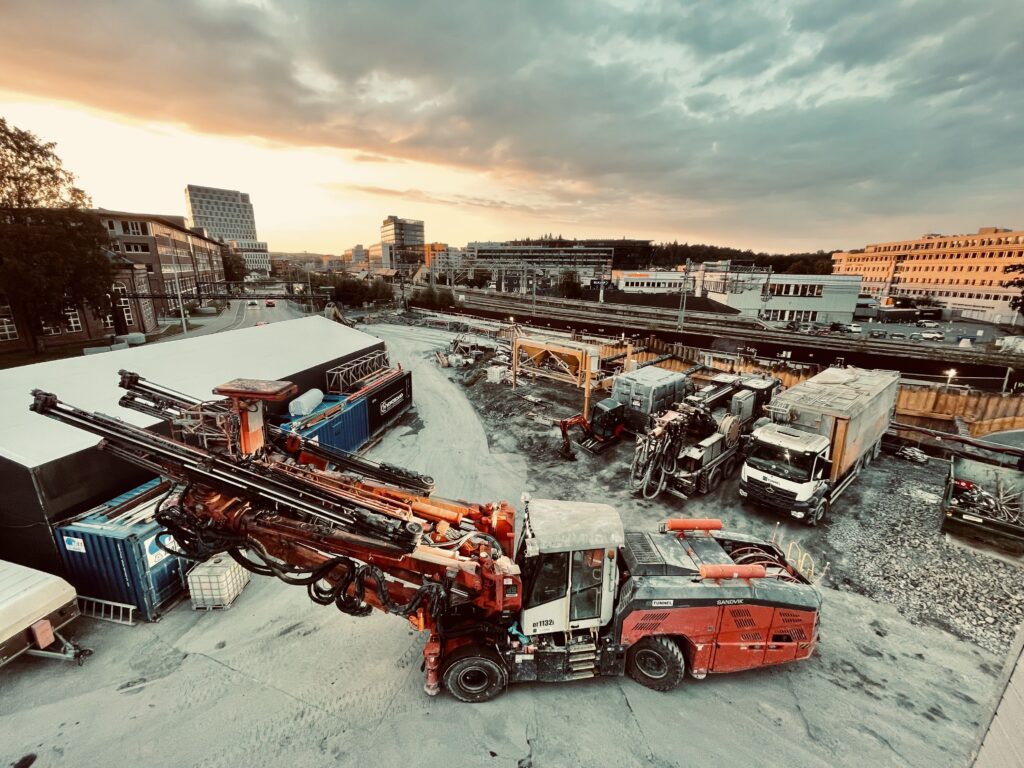
Tverrslag Skøyen, K2C
Basic information
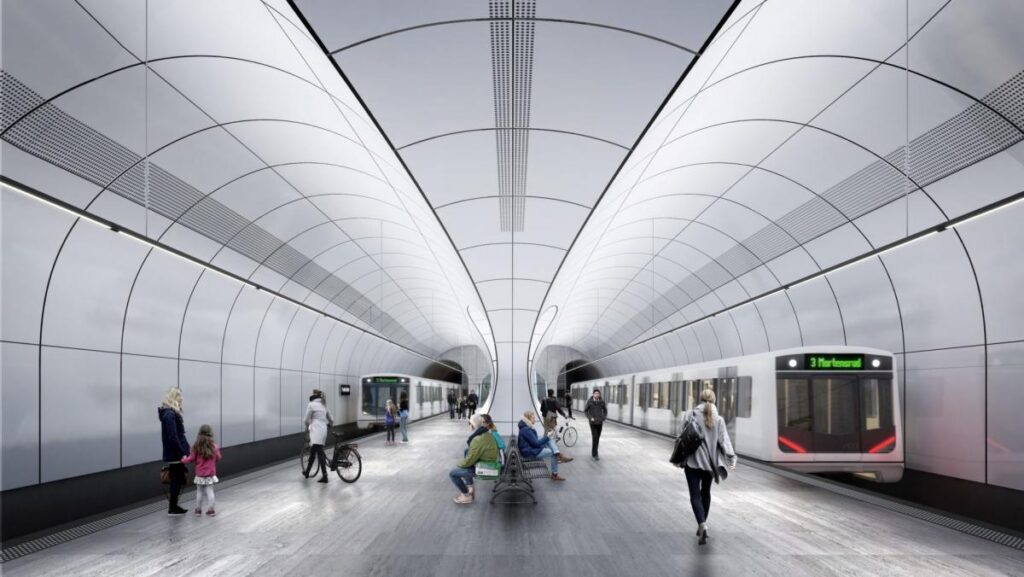
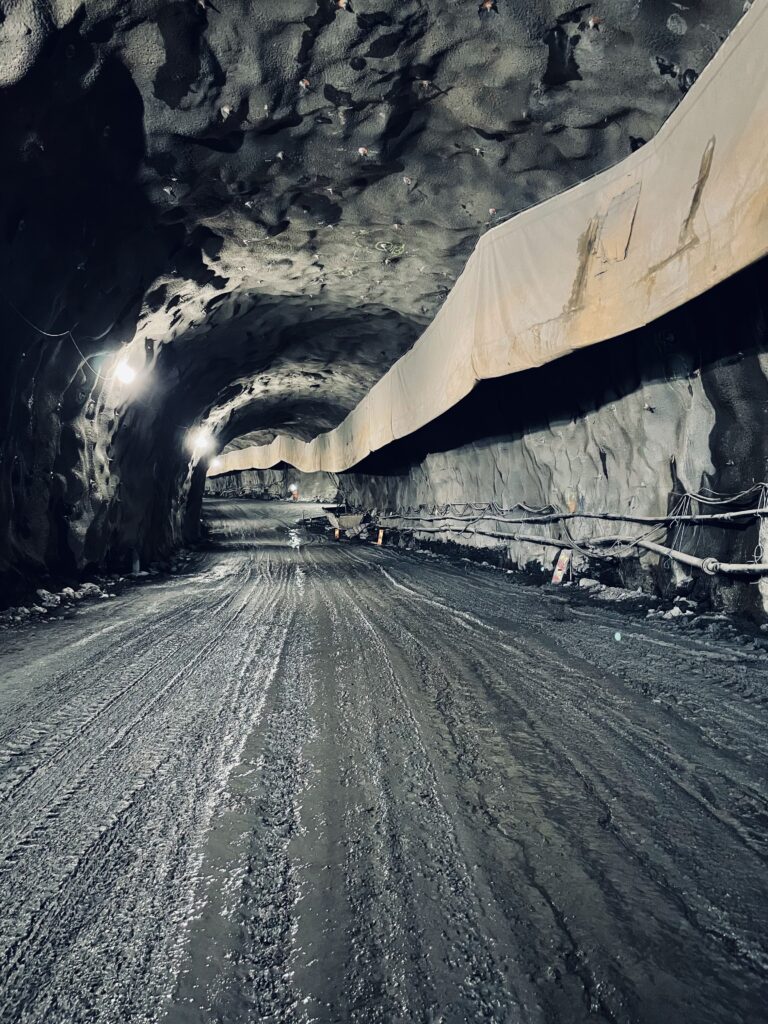
Project characteristics
This is part of a project to build a new metro line in Oslo. Fornebubanen will be a new metro line in a connected tunnel system from Majorstuen in Oslo to Fornebu in Bærum. The line will be approximately 8 km long and will have six stations; Fornebu, Flytårnet, Fornebuporten, Lysaker, Vækerø and Skøyen.
Metrostav Norge subcontracted the excavation, securing with bolts and shotcrete and carrying out the grouting in the tunnel.
Tverrslag Skøyen – K2C is a newly bored tunnel with a length of 289 m and a profile of 78 m2 and a niche with a length of 20 m and a profile of 101 m2 , one of several cross tunnels necessary for the main tunnel operation. It is a temporary measure to be „closed“ in the final phase of the Fornebubanen project. It will be used for tunnelling between Skøyen and Vækerø and the station hall in Skøyen The tunnel was driven in shale and limestone in the urban development in the railway protection zone.
Project data
Challenges / Specifics of the project
- Minimum spaces for building facilities, minimum areas for storage of materials
- Difficult logistic
- Excavation in railroad protection zone, time limitations
for blasting, mucking and other noisy activities - Excavation provided at a slope of 14,5%
- Protection of the telecommunications mast at the tunnel
portal. - High tunnel tightness requirements
- Excavations in inhabited area
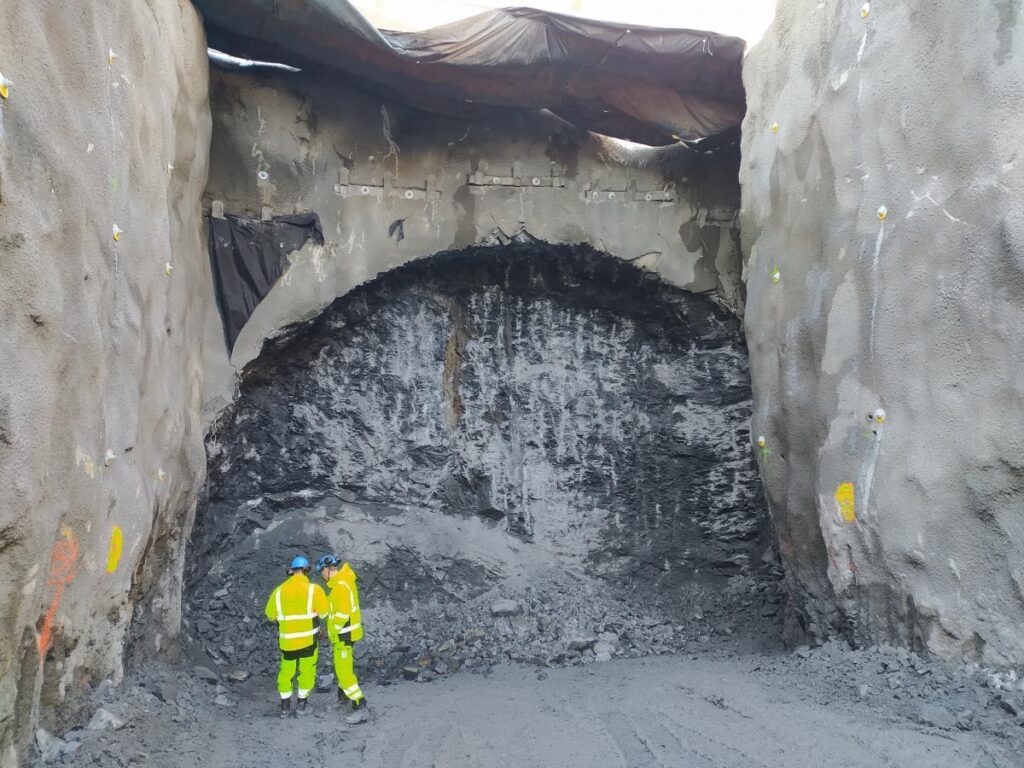
Selection of our references
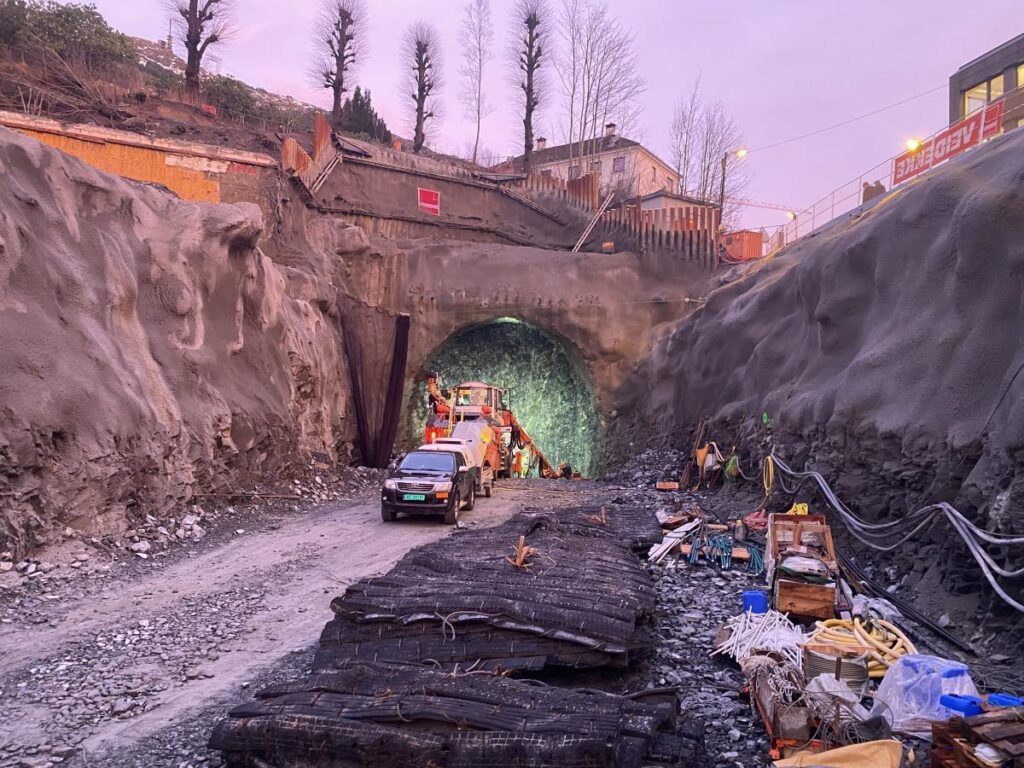
D18 Kronstadtunnelen og inntrekkstunnelen
More information

New metro line Akalla-Barkarby, Sweden
More information
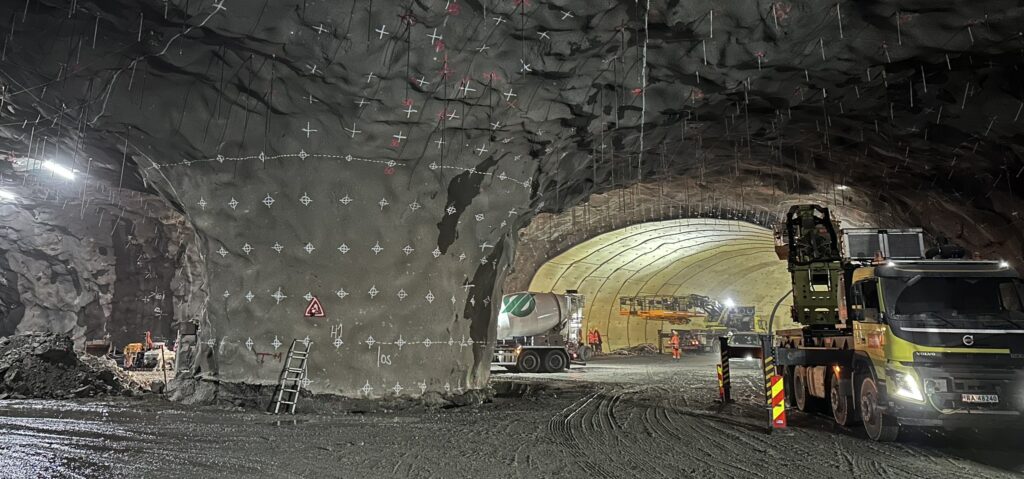
Tromsø tunnels rehabilitation
More information
